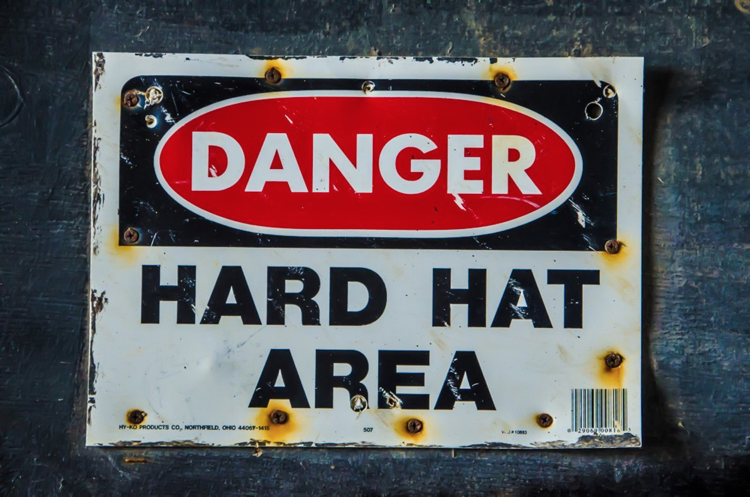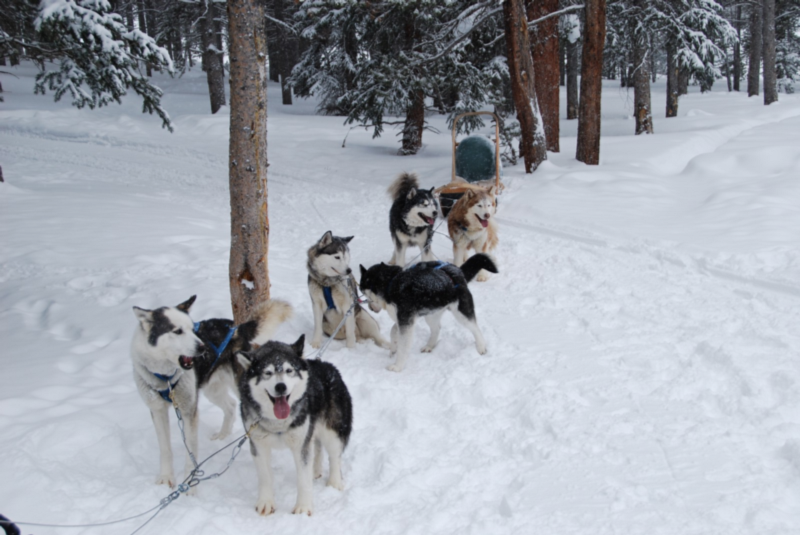5 Simple Ways for Artists to Manage Risk
by Scott Raker and Malcolm Evans, Program Director, Insurance and Program Associate, respectively, at Fractured Atlas
You should be able to create without restraint. The suggestions below will help you manage the risks inherent to creating art:

Safety First
Reduce your risk by taking the necessary steps to make sure your operations are safe. Know the safety precautions for spaces that you use and create your own protocol for emergencies. Inventory your equipment and other items of value, and make sure they are securely stored. Be sure to save and keep copies of your receipts, warranties, and contracts.
Take Care of Yourself
To best cover your property, employees, and operations, you may need to pursue insurance. Because individual artists will have individual risks and exposures, make sure that you are applying for the right type of insurance to cover your specific actions. All of your insurance applications should include a comprehensive and, above all, honest description of your work. You don’t want to be in the situation where a claim arises and you were not properly insured for the specific risk that you were looking to cover.
It Takes a Village

If your operations include other organizations or if you have shared resources with other artists, you can watch out for your common investments together. In order to have transparent expectations and a full comprehension of each other’s risks, strong communication with any collaborators is key. If you work with independent contractors or have people renting your equipment or your space, you may want to consider requiring proof of insurance as part of your partnership.
See No Evil. Hear No Evil. Speak No Evil.

Avoiding the riskier aspects of your operations could drastically reduce your exposure. Decide what part of your operations are necessary to your work’s artistic vision and what may leave you exposed to substantial financial loss that would threaten your artistic future, should a claim occur.
Set Your Priorities
Artists certainly face financial restrictions, from fair wage to fair funding. Because of this, insurance premium costs can feel superfluous and prohibitive to a shoe-string budget. However, medical bills, legal fees, and property damage can quickly become more expensive than a policy premium. Contemplate how often a specific part of your work leaves you vulnerable, as well as what the possible severity of a loss would be. For example, if the loss of a camera would be an expense that would shut down your film shoot, covering your equipment properly should be the first thing you consider. Anticipating higher risk scenarios and prioritizing what is essential will help you plan and budget according to your needs.
You should be able to create without restraint.
There will always be risks involved when creating artwork. That’s what makes it so exciting to produce and experience. Using these simple risk management methods, you should be able to create your work with a little more peace of mind.
About Fractured Atlas
Fiscal sponsor, fundraising platform, educational resource, advice from a staff of experienced artists & creatives. We’re rooting for you!

